Late architectural historian Andrew Tallon left behind a blueprint that could be instrumental in rebuilding Notre Dame cathedral.
Tallon, who died from brain cancer on Nov. 18, 2018, at the age of 49, used laser scans to uncover hidden clues that went into building the medieval structure that was commissioned in 1160 by the bishop of Paris, Maurice de Sully.
The laser scan done in 2010 will be used as a reference to restoring the cathedral to its original magnificence. That is the hope.
A National Geographic report detailed the process involving the incredible technology.
Previously archaic methods used to obtain measurements using tools like strings and pencils, were not only tedious and time-consuming, but they also were not always accurate.
The laser scan is precise. A laser from a scanner mounted on a tripod does a sweep of an interior and measures the distance between the scan and all the surface points without error.
"If you've done your job properly," says Tallon, the scan is "accurate to within five millimeters [.5 centimeter]."
"I had to set up a network of targets, which are just geo-located points in space. You define the density of the scan, the resolution of the scan. In other words, X, Y, Z coordinates in the space you want to acquire and then you let it rip," he explained in this 2015 National Geographic YouTube video.
Laser Scanning Reveals Cathedral's Mysteries | National Geographicwww.youtube.com
He found a way to improve upon the method that rendered the data into a three-dimensional model by knitting the scans together.
With every scan taken from his Leica ScanStation C10, Tallon took a spherical panoramic photograph of the same location and mapped the image onto the laser-generated dots of the scan.
Each dot was represented as a color pixel from the location in the photograph. Tallon gathered nearly one billion points of data from 50 points in and around Notre Dame over the course of five days.
Tallon will leave his stamp on a historical cathedral through his dedicated work.
The Atlantic staff writer Alexis C. Madrigal honored Tallon's legacy in connection to his work on Notre Dame in this beautiful closing paragraph to his article.
Tallon's colleague, Paul Blaer, told The Atlantic he had two thoughts while watching footage of the cathedral go up in flames.
"One thought was that I was kind of relieved that he didn't actually have to see this happen. But on the other hand, he knew it so well and had so much information about how it's constructed, he would have been so helpful in terms of rebuilding it."
Preservationist and architectural historian Lindsay Peterson believes that any drawing or archival documents detailing the construction of Notre Dame will be inaccurate, but the laser scans are fool-proof.
Said Peterson:
"Historic drawings or even modern drawings are only accurate up to a certain degree, Laser scans get you accuracy up to the millimeter."
The generous donations pouring in to help finance the rebuilding efforts is reflective of Paris's love for the cathedral.
Now, we move forward. It will take years, but she will rise again.

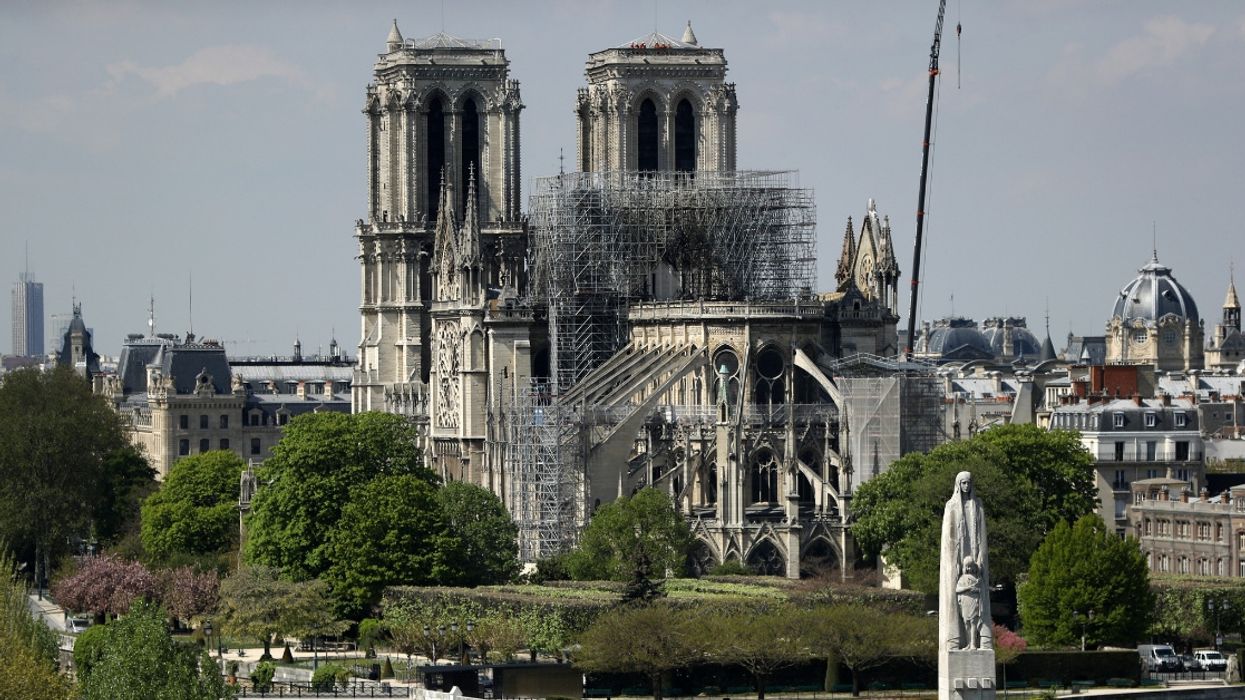


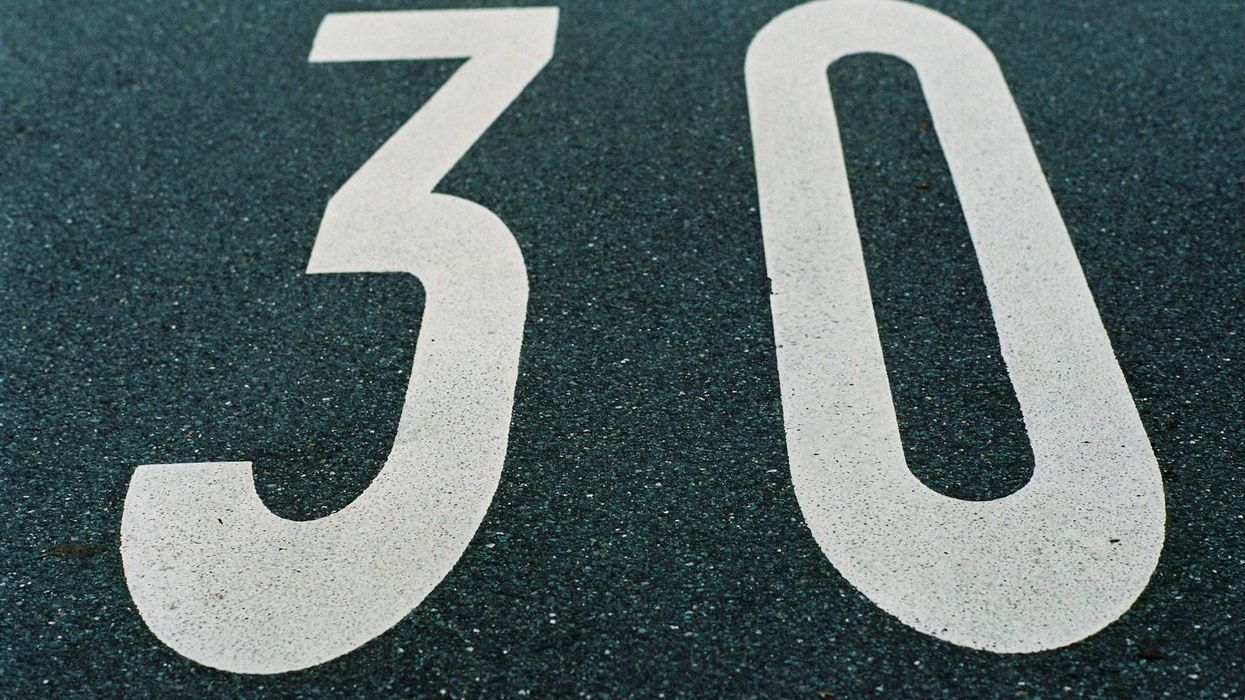

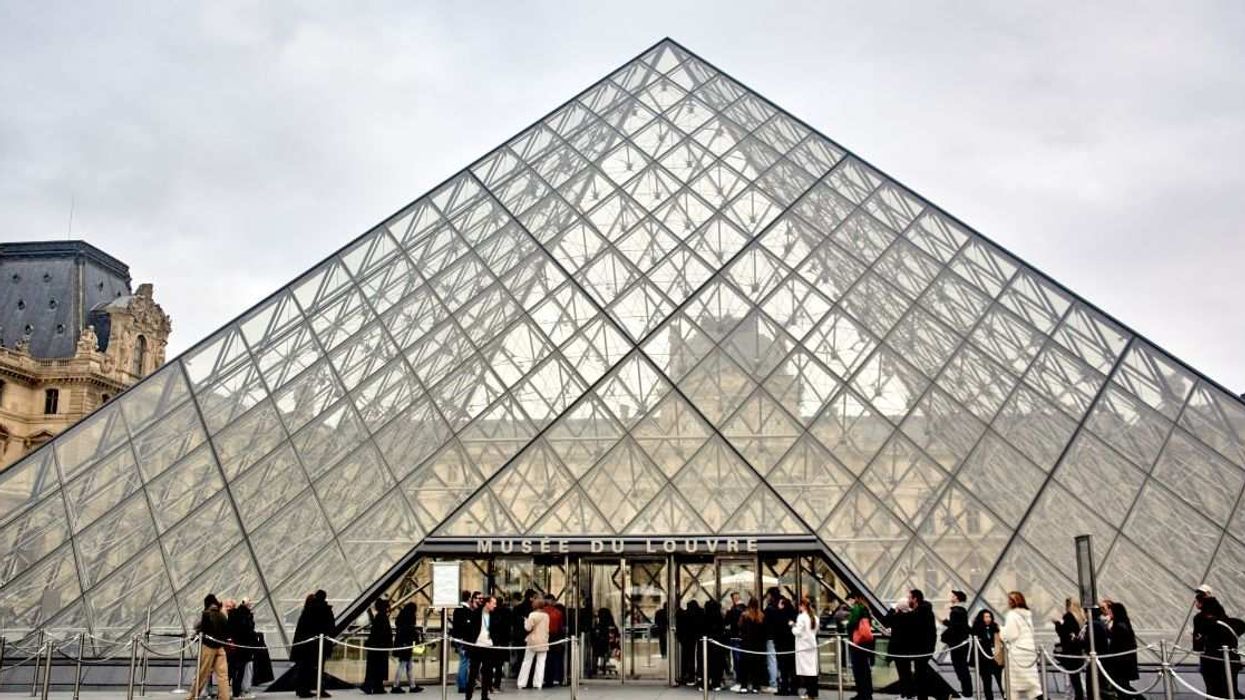

 Hulu/Disney+
Hulu/Disney+





 @jeopardy/TikTok
@jeopardy/TikTok @jeopardy/TikTok
@jeopardy/TikTok @jeopardy/TikTok
@jeopardy/TikTok @jeopardy/TikTok
@jeopardy/TikTok @jeopardy/TikTok
@jeopardy/TikTok @jeopardy/TikTok
@jeopardy/TikTok @jeopardy/TikTok
@jeopardy/TikTok @jeopardy/TikTok
@jeopardy/TikTok @jeopardy/TikTok
@jeopardy/TikTok @jeopardy/TikTok
@jeopardy/TikTok @jeopardy/TikTok
@jeopardy/TikTok @jeopardy/TikTok
@jeopardy/TikTok

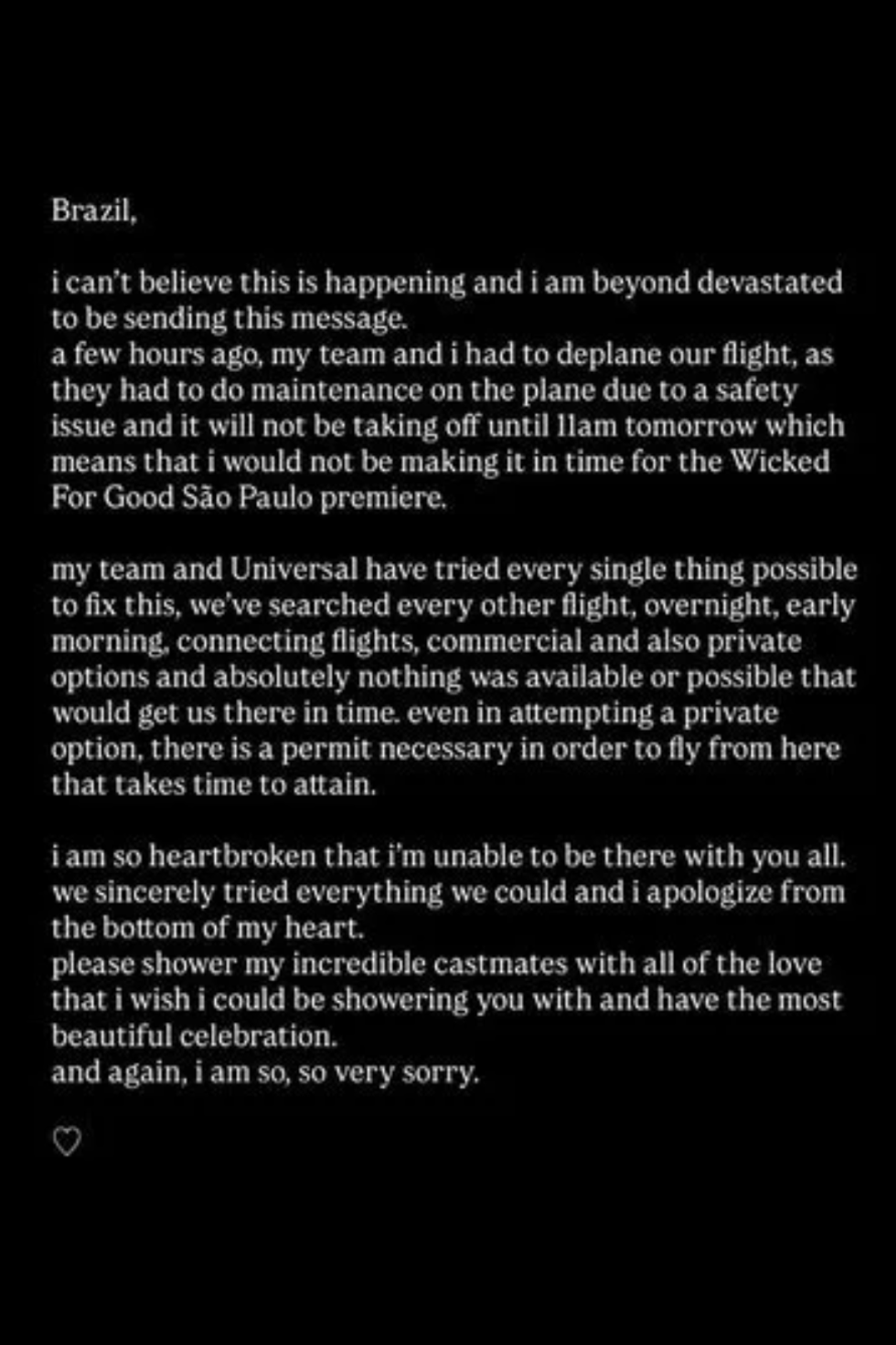 @arianagrande/Instagram
@arianagrande/Instagram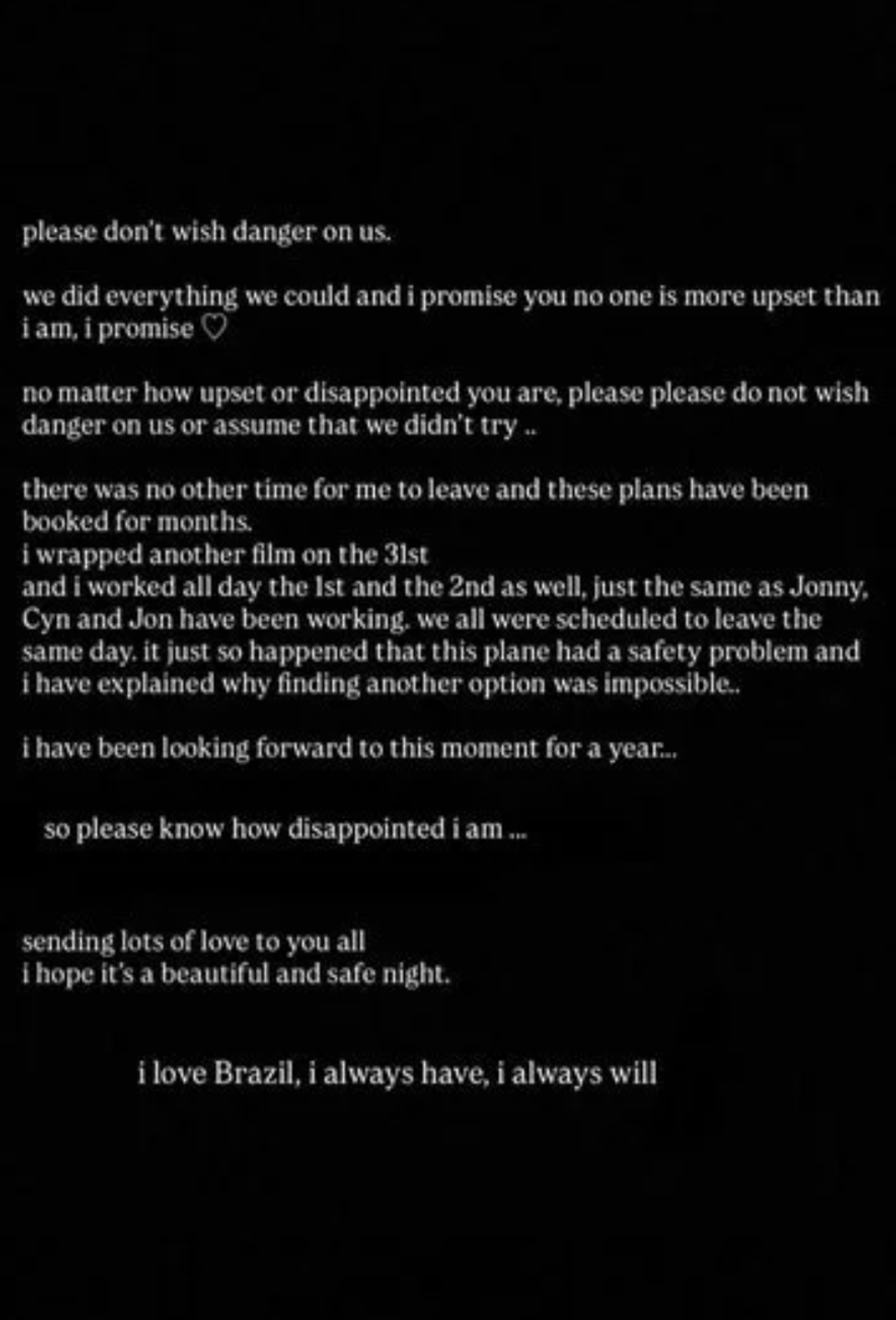 @arianagrande/Instagram
@arianagrande/Instagram
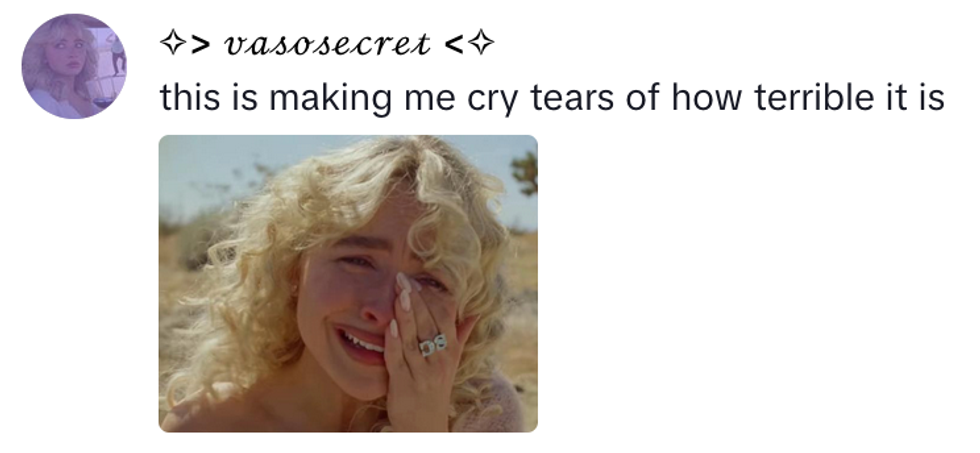 vasosecret/TikTok
vasosecret/TikTok
 dontlookatmedoll156/TikTok
dontlookatmedoll156/TikTok alyssa.b345/TikTok
alyssa.b345/TikTok EllieBelly/TikTok
EllieBelly/TikTok Shelby Daniel/TikTok
Shelby Daniel/TikTok J/TikTok
J/TikTok indigo1009/TikTok
indigo1009/TikTok Kam/TikTok
Kam/TikTok